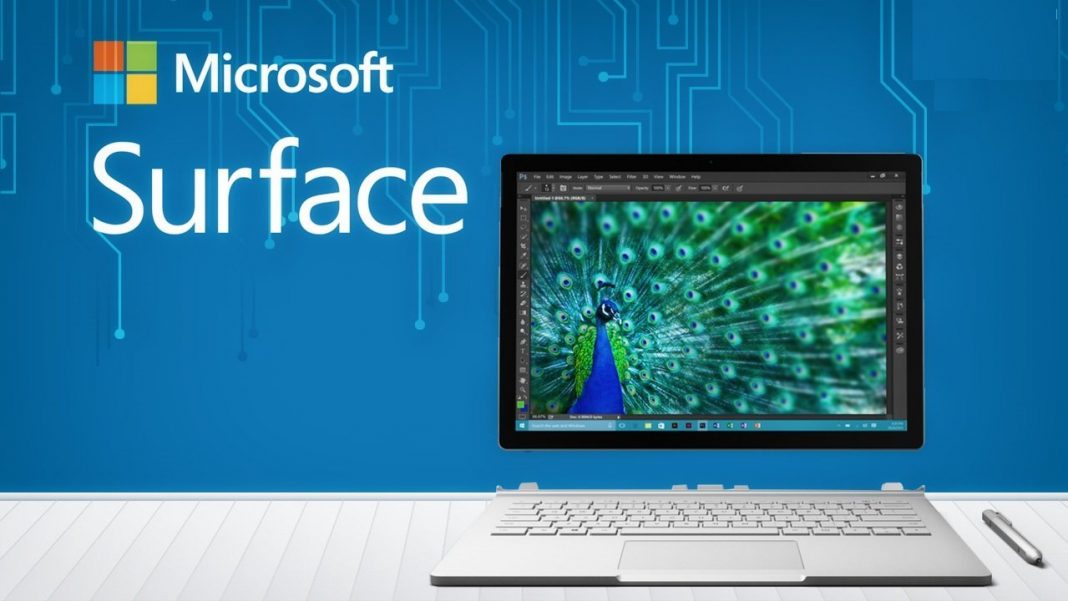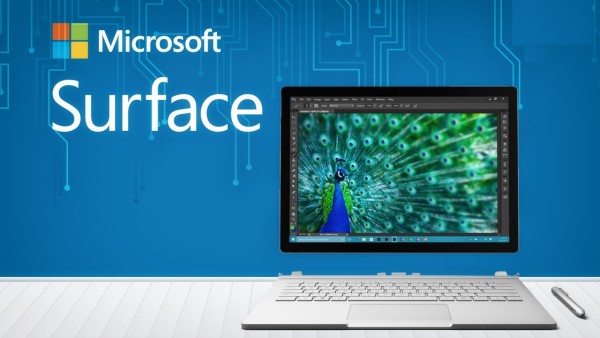

Latest Secret Weapon: the Surface Book
Microsoft has done it again. Last October 6, everyone was anticipating the new features of the Surface Pro 4, the new Microsoft Band, the Lumia 950s and possibly an update on the Hololens. All that was there but the world was in for another surprise. Microsoft launched its own homebrew designed laptop, the Surface Book. Just like they did last January, Microsoft again gave the world something it totally did not expect.
Some tech writers who have already been anticipating every possible upgrade to the Surface Pro 3 and were hardly interested with the new Lumias, were expecting another boring presentation; but were very surprised to see the new Surface Book and the ability of the new Lumias to function as PCs once connected to a monitor, keyboard and mouse.
The Surface Book is Microsoft’s first laptop. Sure, it becomes a tablet but it was designed to be a laptop first, tablet later unlike the Surface Pro which was a tablet first, laptop later. The Surface Book is a nice piece of work sporting a revolutionary ‘dynamic’ hinge giving this hybrid more of the ‘lapability’ factor which hindered other Surface models. Surface Pros, and those like it, were supposed to double as laptops but can’t exactly be put on laps. The Surface Book changes that. The base functions more than a keyboard/touchpad. It has a discreet GPU, extra batteries and USB ports. The GPU allows the Surface Book to be used as a gaming machine but not as hardcore. Microsoft has obviously targeted the MacBook and iPad Pro by claiming that the Surface Book has double the power. Conference attendees were mostly positive on the new Surface Book as well as the Surface Pro 4. Both products use the new Intel Skylake processors and prices depend on the processor used. The Surface Book starts with 8GB of RAM, a Skylake Intel Core i5 processor and 128 GB storage with a price of $1499.00 at the low end; and uses a Skylake i7 processor, 16GB RAM and 512GB storage priced at $2699.00 at the high end.
As for the Surface 4, it also sports a Skylake processor as predicted. The bezel’s also been thinned out for the 12.3-inch device. Microsoft’s purchase of N-Trig has also resulted in an updated Surface Pen. The Surface Pro 4 also has updated keyboard covers with better key placements which can also work with older models.
Lessons from Apple
Clearly, Microsoft took a page out of Apple’s ‘one more thing’ concept. There is power in surprising people. Ideas get drilled into the mind. Microsoft will be cool again. If Microsoft maintains this behavior, their conferences will become just as anticipated as Apple’s product launches, though long lines leading up to the Microsoft Stores remains to be seen. But now, Microsoft under Satya Nadella is headed in the right direction. Due to the success of the Surface Pro 3 and the Surface 3, anticipation was built around the Surface Pro 4
Back then, Microsoft had been demonstrating Windows on laptops built by its partners. Now, Microsoft designed its own laptop around Windows 10. Just like what it did with the Surface and Windows 8, Microsoft aims to teach OEMs how laptops should be made and how Windows should be treated in order for it to be successful. Once again were reminded of the Windows Vista fiasco when vendors slapped the demanding operating system on underpowered laptops. Same thing happened when Windows 7 was installed on first-gen Atom netbooks. Those things crawled like pitiful snails opening the door to Linux and people moving to Macs and Macbooks. But at least Microsoft learned to get rid of the bloat and optimize their operating systems beginning with Windows 7 and carried up to Windows 10.
It’s fortunate that Microsoft never wavered from the idea of shoving Windows into tablets. Since the iPad, everyone wanted touch, including the enterprise. But the enterprise still needed Windows. Microsoft needed to keep a tough grip on the enterprise, get everyone into the cloud, save face from Windows 8, and drop Windows 7 so they can’t afford to make mistakes with Windows 10. Let’s make them want this operating system by making stuff that goes well with it. Ultra portability, style, power and efficiency. All of which are present in the Surface Book and Surface Pro 4. Also, Microsoft again borrows a page from Apple, which is premium pricing. Though as corrosive as Xenomorph blood in our pockets, Microsoft wants to send a message. The price equates to quality, not to mention the urge to acquire. They’re serious about businesses and are geared towards certain demographics, executives, business power users, and the can-afford-Apple crowd. But what about other users?
Clones are Good
They’re for the OEMs to take care of. The success of the Surface Pro 3 gave rise to several Surface clones at varying price ranges. It’s been a while since the term clone has been used in the PC landscape. Every beige box that’s supposed to be compatible to the original IBM-PC was called a clone. Now manufacturers are making large tablets with kickstands and attachable keyboard covers running on either Windows 10 or Windows 8.1. Because of Microsoft’s success in the enterprise and the Surface 3, Apple released its own enterprise tablet, the iPad Pro, a large iPad with its own stylus and attachable keyboard but runs iOS. It’s unfortunate however that Apple didn’t opt to use El Capitan and used the limited iOS. Meanwhile, HP just released the HP Spectre X2, Dell the XPS 12, Lenovo has the Miix 700 and Google has well, the Pixel C. Can we soon expect Surface Book clones too?
So, if you want something done right, do it yourself. Microsoft has finally decided to take the reins in the PC industry and get the hardware and software done right, which Apple has been doing since forever. A couple of years ago, during the tablet onslaught, the PC industry was on life support. Microsoft just defibrillated the PC industry back to life. Shock and awe was the answer. It’s always been for Apple. The PC isn’t dead yet. It just needed to be kicked at the right spot to wake up. If the Surface Book, Surface Pro 4 and subsequent clones become successful, the Microsoft Empire will be on top once again.

